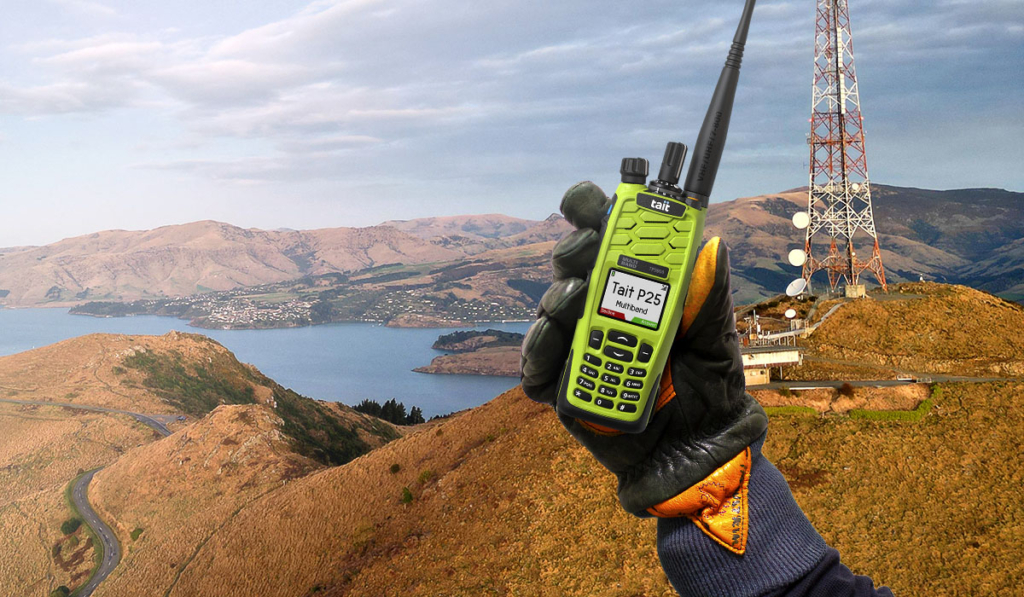Whether you are a beginner or seasoned expert, maximizing your critical communications knowledge is essential for safe and efficient operations. The Radio Academy provides free online learning dedicated to improving everyone’s radio knowledge. View the latest video in the ‘Basic Radio Awareness’ course, ‘What is Multiband Radio?’.
Basic Radio Awareness is taught by Dr. Jan Noordhof, a consultant with over 20 years’ experience in critical communications. He walks through the foundations of critical communications, covering topics like communication, modulation, trunking, propagation, TDMA and FDMA, and more. The Basic Radio Awareness course covers three lessons, with several short videos that explain specific topics.
The new “What is Multiband Radio?” video explores:
- The definitions and differences between:
- Multiband
- Dual band
- All band
- Crossband
- Multimode/Multiprotocol
- The important role of a multiband antenna for portable radios
- A range of use cases and benefits for multiband radios
You may have seen a photo of a car dashboard crowded two or three different mobile radios. Each radio gives access to a different radio network or frequency band. If this picture could speak, it might say ‘why isn’t there a single radio that can replace all of these?’. Technology has answered this question with the development of multiband radios.
Many radios today are single-band devices. They have been designed and tuned to operate in just one of the following specific frequency bands:
- 66-88MHz (known as VHF mid band)
- 136-175MHz (known as VHF high band, widely used for LMR around the world)
- 200MHz – VHF Band III, used in the United Kingdom
- 300-400MHz – UHF specialist use, eg military
- 380-470MHz (referred to as UHF 1,widely used for LMR around the world)
- 450-520 (referred to as UHF 2, widely used for LMR around the world)
- 700/800MHz (Commonly used in North America)
- 900MHz (Sometimes used in North America)
It is not uncommon for some organizations to operate radios or networks in two (or three) of these bands e.g. UHF (which has better in-building coverage] plus VHF (which has better range) or VHF plus UHF plus 700/800 MHz. This means that workers who require access to each network may need to be equipped with two (or three) appropriate radios– one for each network. Alternatively, they can have a single multiband radio capable of operating in two or more frequency bands. All in the same unit.
Multiband radios available in the market today typically cover three bands, VHF, UHF, and 700/800MHz.

Benefits for many types of organizations
- Easy communication with other organizations you work with:
- Direct mode calls (calling directly radio-to-radio, without passing through a network) – Your usual network might be VHF, but with multiband you can make off-network direct mode calls at particular work sites using UHF.
- Roaming between networks – Your usual network might be UHF 1, and other organizations you work with have networks in UHF 2 or VHF – with their permission, multiband radios can be programmed to access all these networks to enable more effective communication.
- Coping with spectrum shortages:
- If your single-band network has run out of spectrum and channel capacity, but no more spectrum is available in that band, you could add channels from a new band and use a multiband radio to communicate with radios on either your new or your existing channels.
- Rebanding and system migration:
- If you are migrating your entire system to a new band, with multiband you can access both your old channels and new channels during the rollout and gradually transition to the new network, thus smoothing out the migration process.
- Business continuity:
- Adding some backup channels in a different band can help to guarantee continuity of critical communications in the event of a network failure impacting your standard channels. A multiband radio can seamlessly switch to the backup channels and scan as required until the network is fully restored.
View the whole lesson for free on Tait Radio Academy.
 View this lesson and plenty more courses for Tait Radio Academy – Tait’s free radio and communications education platform.
View this lesson and plenty more courses for Tait Radio Academy – Tait’s free radio and communications education platform.
Have a question or query? Contact us.




